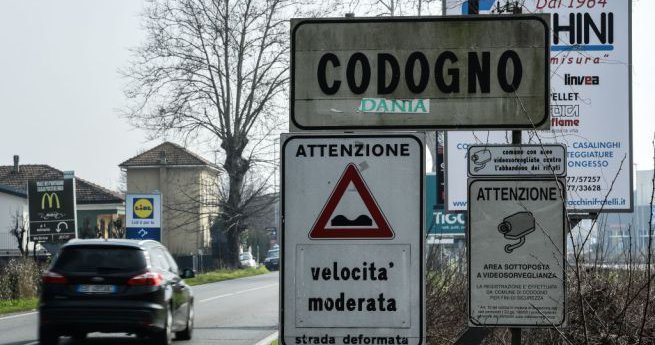
There is a famous experiment in which photons or electrons are fired individually towards a detector screen through an intermediate screen containing two small holes. On arriving at the detector screen each particle makes a dark spot. As the impacting particles accumulate, however, what emerges is neither a random arrangement of spots nor the repeated arrival of particles behind one or other of the holes.
Surprisingly, the detector screen instead displays the characteristic pattern made by a wave of light diffracting and interfering on passing through two holes simultaneously. The shocking conclusion drawn by observers of the “double-slit experiment” (as it is known) is generally cushioned by the word “seem”: singly emitted particles seem not only able to pass through two holes simultaneously but to have an awareness of past and future enabling them to “select” a point of arrival on the detector screen that contributes to the classical interference pattern for waves.
Moreover, when the set-up includes a detector indicating which of the two holes the particle passed through on its way to the detector screen, the result is equally astounding: the particle passes through one hole only and there is no interference pattern. Instead a single spot appears behind that hole. The particle seems to know when it is being observed.
The Nobel physicist Richard Feynman (Lectures on Physics, Vol.III, p. 17) called this phenomenon “absolutely impossible to explain in any classical way” and “in reality … the only mystery”. What is an outsider to make of it? What “seems” implicit in the experimental outcome is the existence of a special kind of “knowledge” inherent in the primordial soup of the universe. Uncanny!
The current worldwide lockdown and deconfinement procedures can only induce an equally discomforting bedazzlement in the observer. Does the coronavirus know something we don’t know? Does it for instance “know” – by way of a slimy awareness science has yet to probe – whether its worldwide net mass is increasing or decreasing? And are some governments party to this “knowledge” while others remain unenlightened? Or how do we explain the conflicting nature of anti-viral measures when the experimental setup is, if not replicated, then at least similar?
In Germany the “Lockerung” (relaxation of protective measures) is in full swing. People are planning summer holidays. Germans love Italy, some preferring the “Teuton barbecue” (self-toasting on the Adriatic littoral), others the frescoes and wines of Tuscany.
Under “Codogno” Trip Advisor proposes visits to a clutch of churches. This is the town whose mayor Francesco Passerini announced the first Italian lockdown on 21 February. The robust measure, introduced on a day when there were only 17 confirmed cases of transmission in the country (Time, 21.2.20), did not meet with universal approval. According to the head of clinical microbiology, virology and diagnostics at Milan’s Luigi Sacco hospital, it confused “an infection which is slightly more serious than the flu with a lethal pandemic. It is not like that. Look at the numbers. This madness will do a lot of damage” (Reuters, 23.2.20). Within days infections had rocketed and towns all over northern Italy followed suit. But what made the Lega politician Passerini react so forcefully? Perhaps like the Sardinian Viceroy, Saint-Rémy, he had experienced some form of psychic continuum with the lurgy.
On May 23, Thuringia, one of Germany’s states (Länder), announced it would do away with all coronavirus measures on June 6 including mandatory self-distancing and masks. However, according to the figures there were more than 11,000 active corona infections in Germany that day. So why were a handful of cases in Codogno considered dangerous enough to shutter towns, while 11,000 cases in Germany are deemed propitious to relaxing in restaurants and bars? The graph for Lombardy and Italy after February 21 shows an exponential upward curve. Germany’s on May 23 showed a downward one. But does the virus know it’s on the way down and should decently bow out? What if it suddenly reversed the curve through sheer pig-ignorance? It’s no good asking Feynman: “We cannot make the mystery go away by ‘explaining’ how it works,” he writes. “We will just tell you how it works.” Axioms. Frustrating!
We need a different paradigm. As natural as birdsong or Einstein’s brain and as unnecessarily lethal as the Great Famine of 1847, the coronavirus, we are told, bloweth where it listeth. The virus does what it does in its own inertial frame of reference and, like a guinea pig in an elevator, cannot tell if it’s going up or down. However, the rules of its existence (and that of the observer) may shift precariously if it becomes subject to so-called (in Newtonian mechanics) “fictitious forces”, forces caused by acceleration of the reference frame itself. We should avoid this virus at all costs. But it’s those accelerators, the shakers and movers, we need to keep an eye on.
This piece was first published in the June Splinters column.
PrintIain Galbraith | Radio Free (2020-06-18T08:52:30+00:00) Slimy knowledge. Retrieved from https://www.radiofree.org/2020/06/18/slimy-knowledge/
Please log in to upload a file.
There are no updates yet.
Click the Upload button above to add an update.